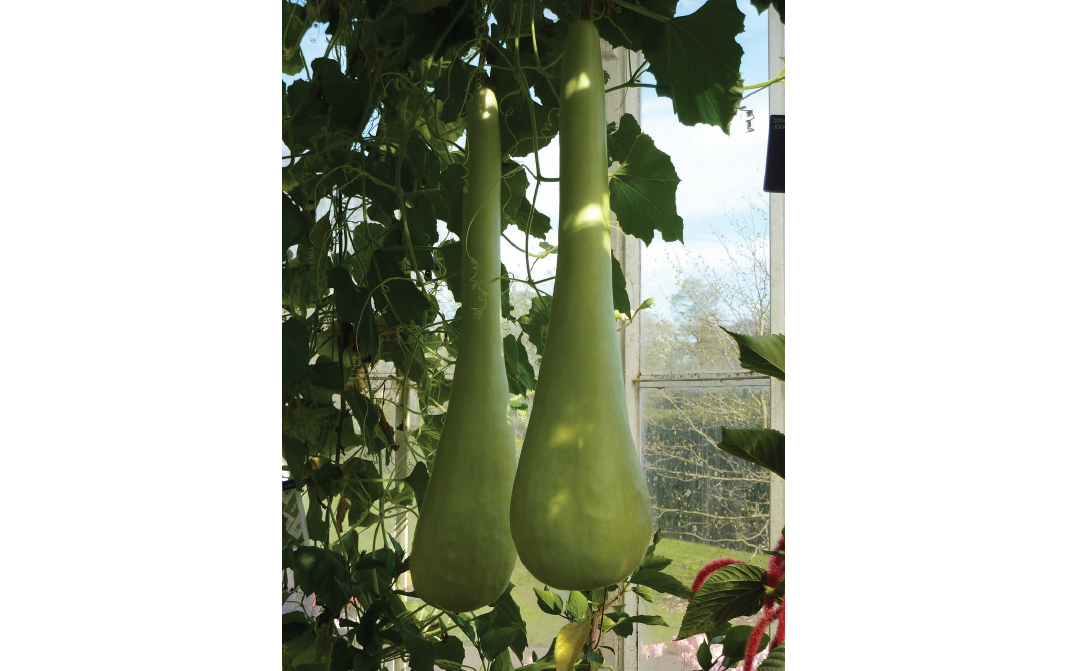


Ensure that the bottle gourd has smooth skin and is pale green in color. Avoid the one with cuts, blemishes and spots.
Overconsumption of bottle gourd can cause abdominal pain, intestinal gas and intestinal blockage. It can also cause allergic reactions in some people. It can also cause high blood pressure.(3)
- Disclaimer
"Information here is provided for discussion and educational purposes only. It is not intended as medical advice or product or ingredient review/rating. The information may not apply to you and before you use or take any action, you should contact the manufacturer, seller, medical, dietary, fitness or other professional. If you utilize any information provided here, you do so at your own risk and you waive any right against Culinary Communications Private Limited, its affiliates, officers, directors, employees or representatives.”
Description
Bottle gourd is a vegetable that is a member of the Cucurbitaceae family. It can be short and round, uniformly cylindrical, curved, bulbous, or extremely long and thin. Its skin is most often smooth though there are some varieties that are covered in fine hairs. Its coloring can vary from a light green or chartreuse to dark green. The interior flesh is creamy white with petite seeds that when young are tender and edible but when more mature become hard and should be removed prior to consumption. Bottle gourd has a rich history and was one of the first cultivated plants in the world. Today it can be found growing around the world, thriving in tropical and sub-tropical climates. High on water and rich in vitamins and minerals, bottle gourd is also an effective home remedy for many health issues.